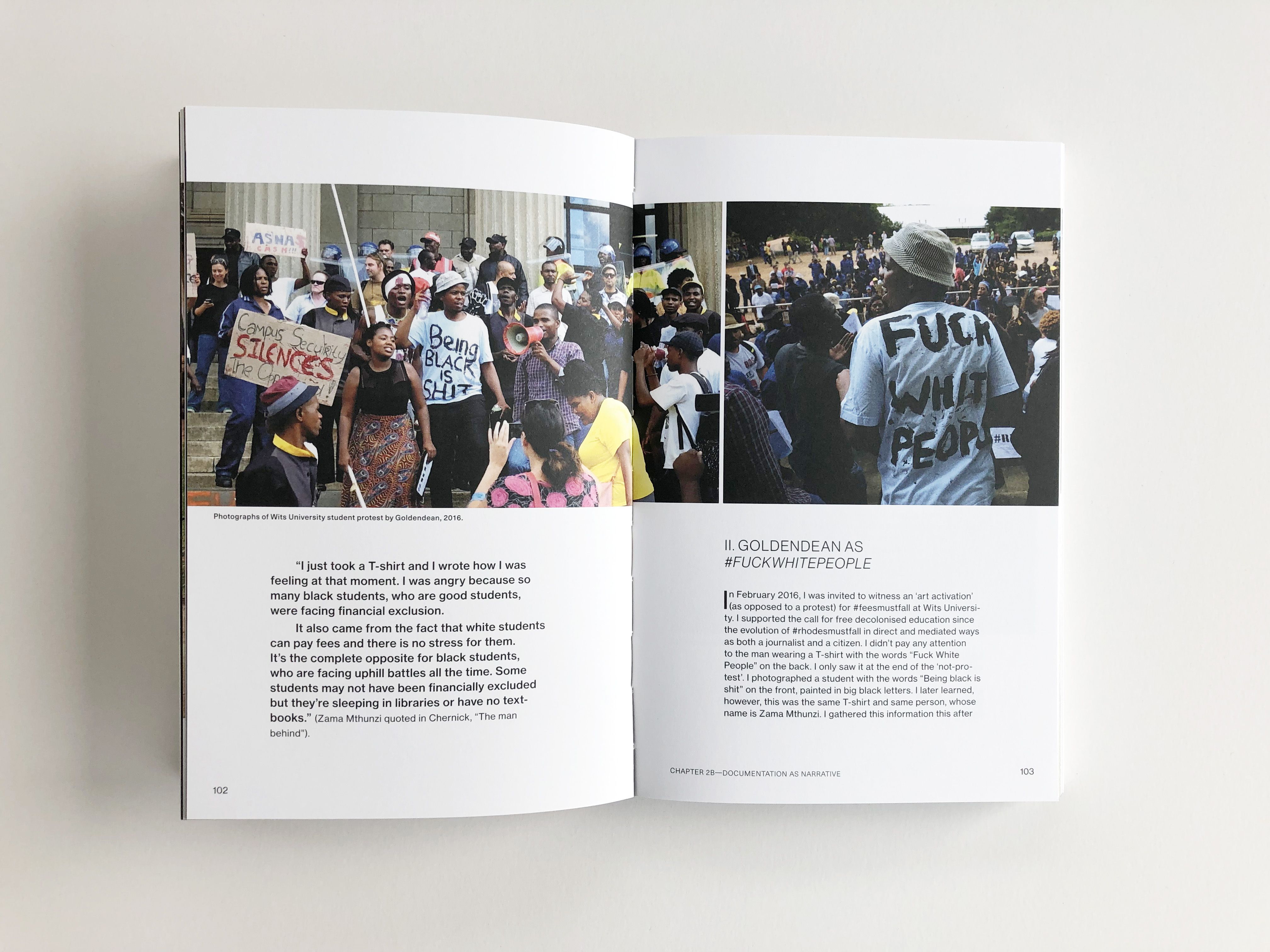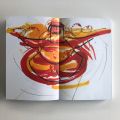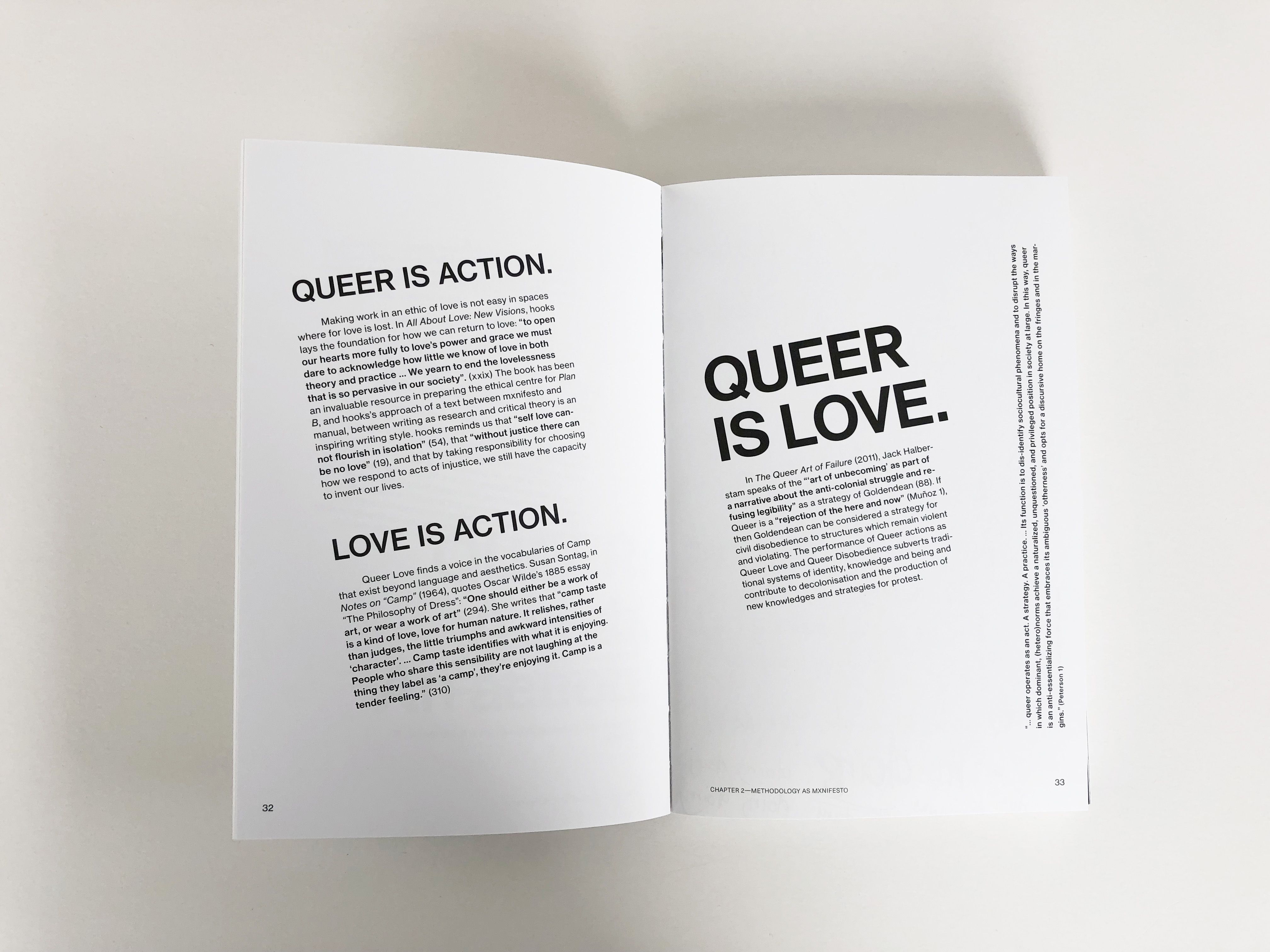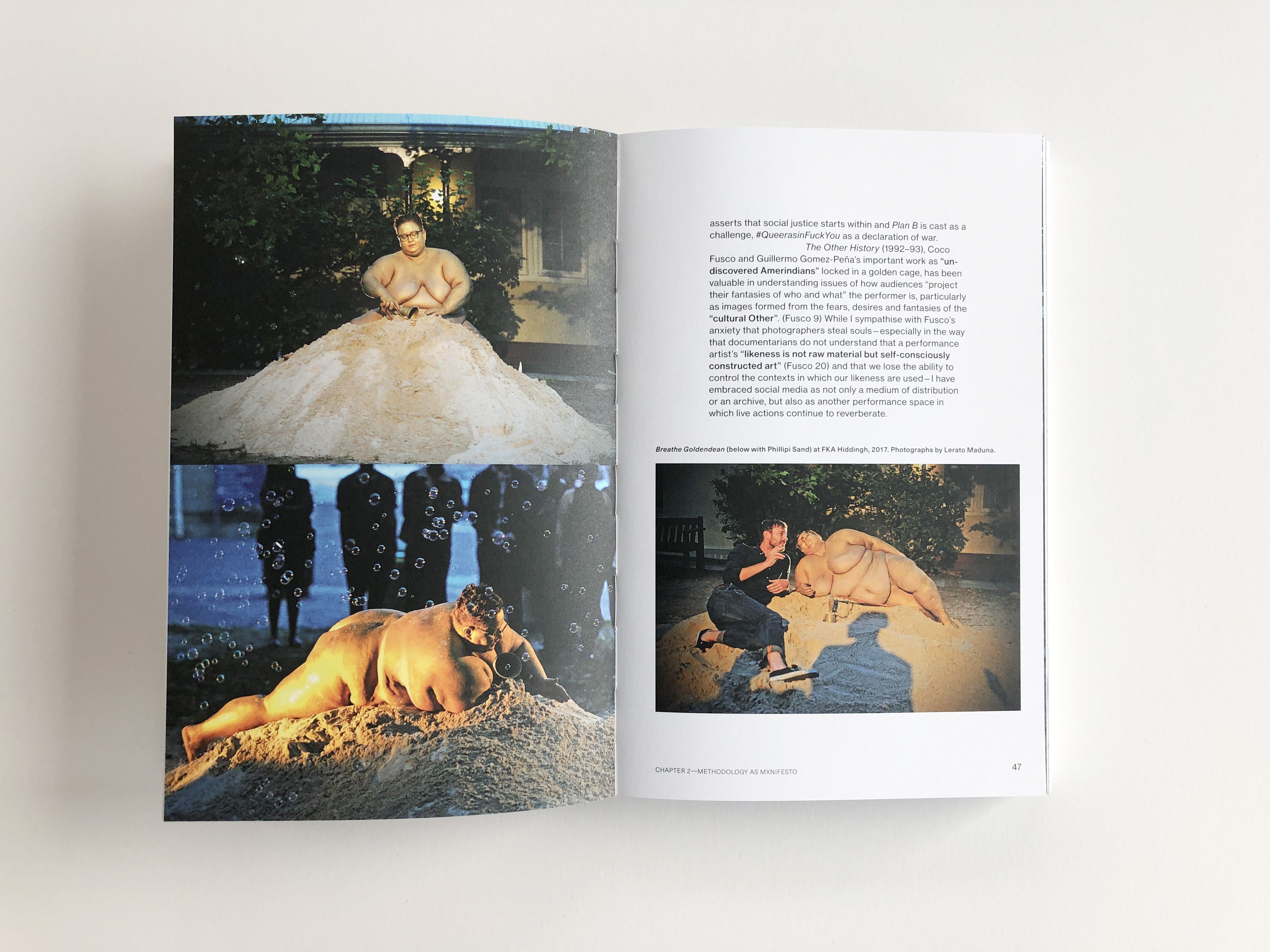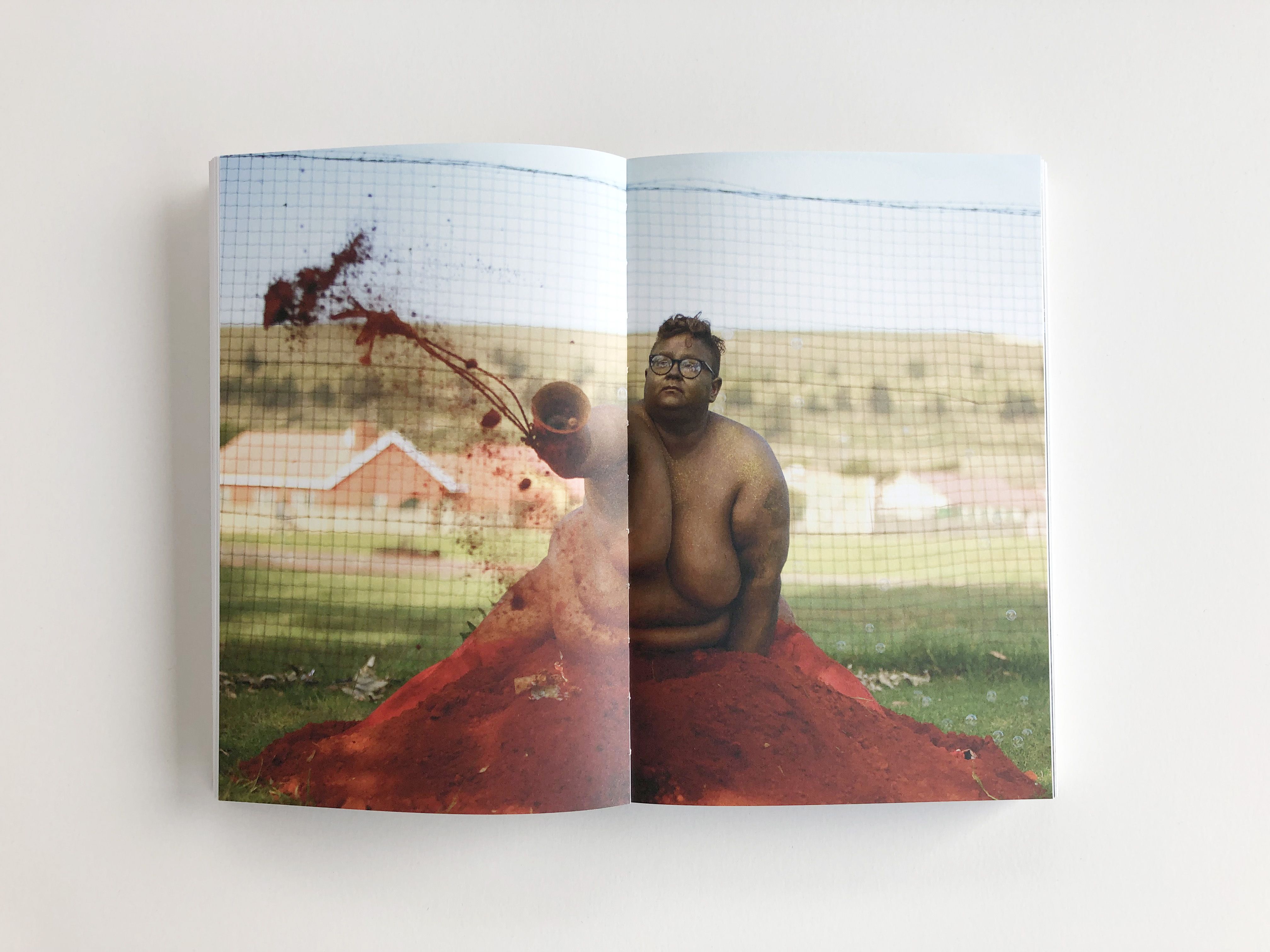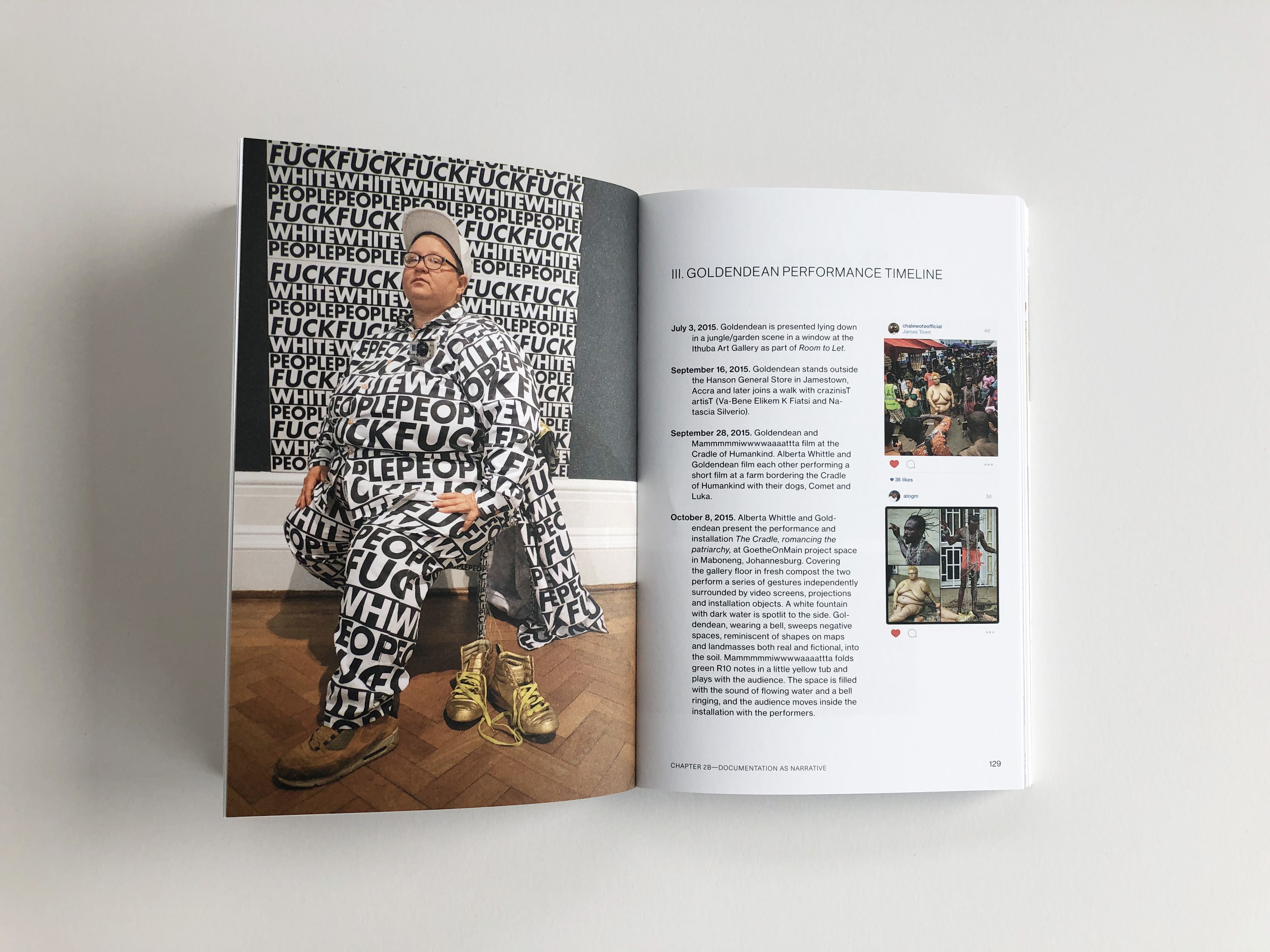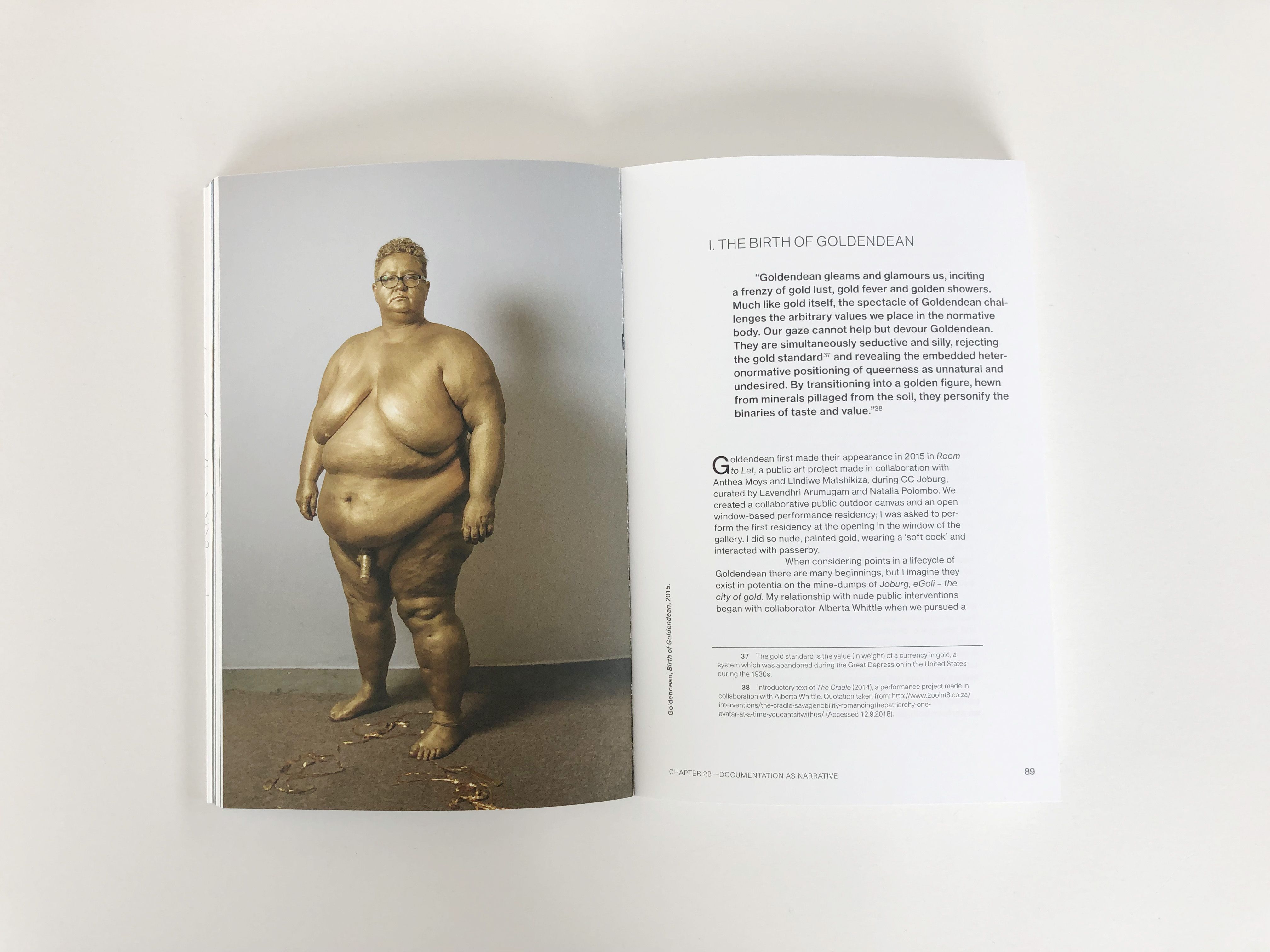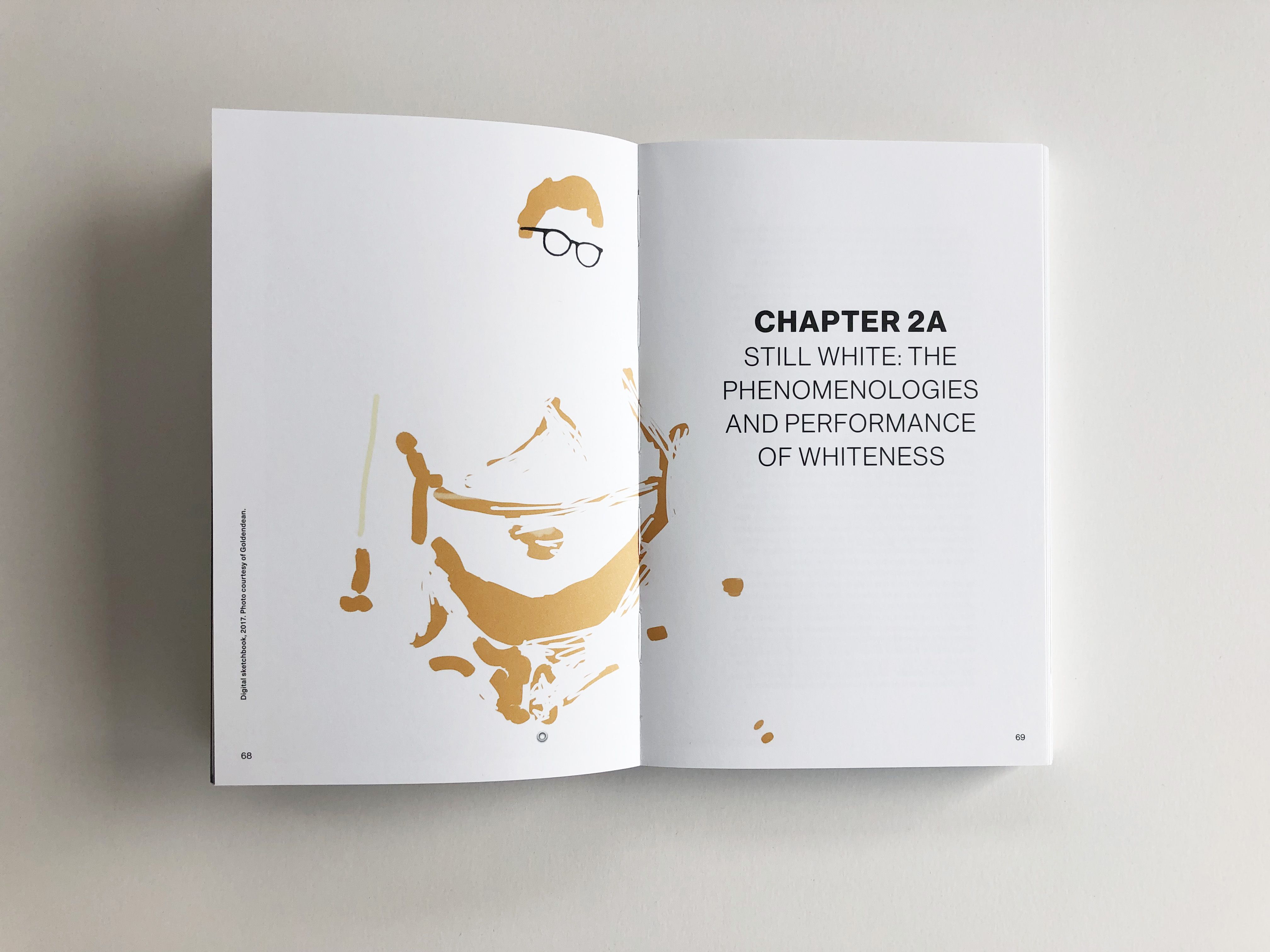Goldendean (they/them) makes trouble. Working at the intersections of trans media visual culture, performance and community action, their practice bridges genres of documentary, fiction and fantasy to produce radical queer counter narratives, and experiences for repair and resistance.
AKA Dean Hutton, their strategy of simple disruptive actions share moments of soft courage, affirming the rights of all bodies to exist, be celebrated, and protected. An artist-in-residence at the University of Johannesburg, their research embraces collaborative praxis and embodied play to produce new forms of artWork – sculptural objects made from sustainable materials and living biomatter that works to support ecosystem health, and build cultural and ecological value for local communities.(1976, ZA)
*Genderqueer is a non-binary transgender identity. Please use They/Them gender-neutral pronouns.

#goldendeaniscoming
#planb
#gatheringofstrangers
#thisisnotworking
#fuckwhitepeople
#queerasinfuckyou
#luckydean
#tenderqueer
#goldenmeme
Dean works as a sessional lecturer at Wits University’s School of Arts in the Visual Art, History of Art, and Theatre and Performance departments. They also teach visual cultures at Market Photo Workshop. Dean continues to develop spaces for inclusive shared cultural practice. They prioritise learning to support humxn dignity, to contribute to the building of loving communities and resilient social movements.
Dean Hutton has a Masters of Fine Arts, with distinction, from the University of Cape Town. They are a fellow of the Institute for Creative Arts. Their book Plan B, a gathering of strangers (or) This is not working is published in Germany by iwalewabooks.
In 2017 they won a significant legal battle around Freedom of Expression in a South African Equality Court. The landmark ruling dismissed charges of Hate Speech laid against the exhibition of art posters displaying the words “Fuck White People” at the South African Iziko National Gallery. Situating Hutton’s work in a broader anti-colonial struggle to “confront, reject and dismantle structures, systems, knowledge, skills, and attitudes of power that keep white people racist,” Chief Magistrate DM Thulare, ruled that the work’s context, as art, brought attention to structural racism and white supremacy, drawing South Africans to a “critical moment of self-reflection” of race and privilege and hurt feelings.
Contact Dean here





















